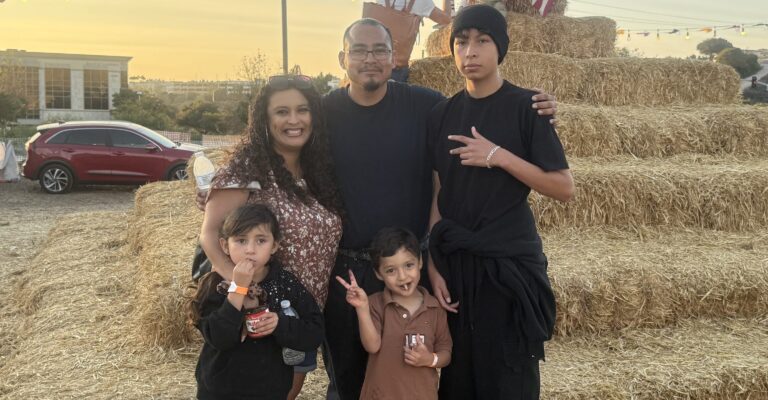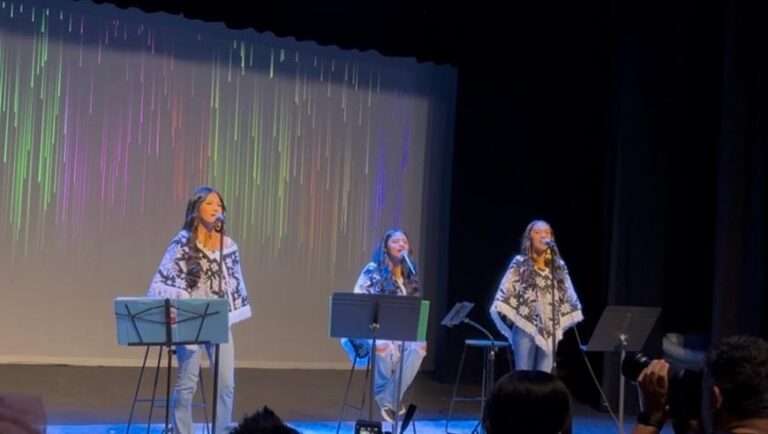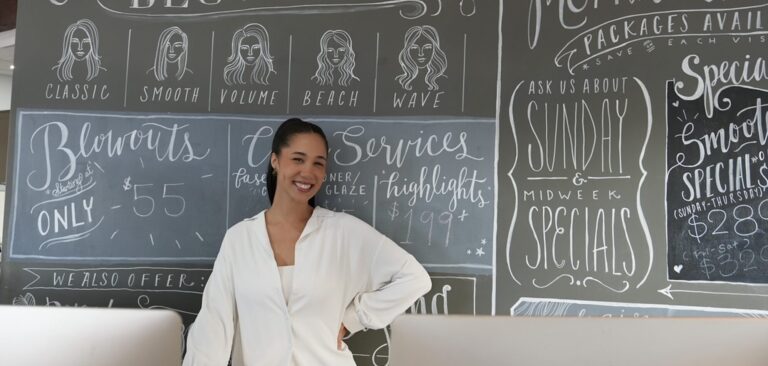By NCI
After hundreds of Mexicans fled the Revolution in the 1910s, arriving at tent cities in Carlsbad, Pablo Ramirez built a house on the southwest corner of Walnut Avenue and Second Street, now called Roosevelt Street, in 1918. On that corner, in 1943, a family set up Lola’s Seven-Up Market and Mexican Deli to serve the people of Carlsbad, the oldest operating business in the city.
Sisters Ofie Escobedo, Connie Trejo, and Frances Jauregui took over the Juare’s store founded by their parents, Reyes and Dolores (Lola) Jauregui in the mid-1980s, and their family continues to honor the site today with a cultural museum.
Ofie, who passed away November 19, 2022, made it her life mission to preserve this history within the walls of the “Barrio” Museum on the southeast corner of the intersection; on July 10, 2009, the Carlsbad Historical Preservation Commission and Lola’s Seven-Up Market and Mexican Deli were celebrated throughout San Diego County for Heart of the Barrio Day.
This story is just one of many honored during Hispanic Heritage Month celebrations in North County San Diego.
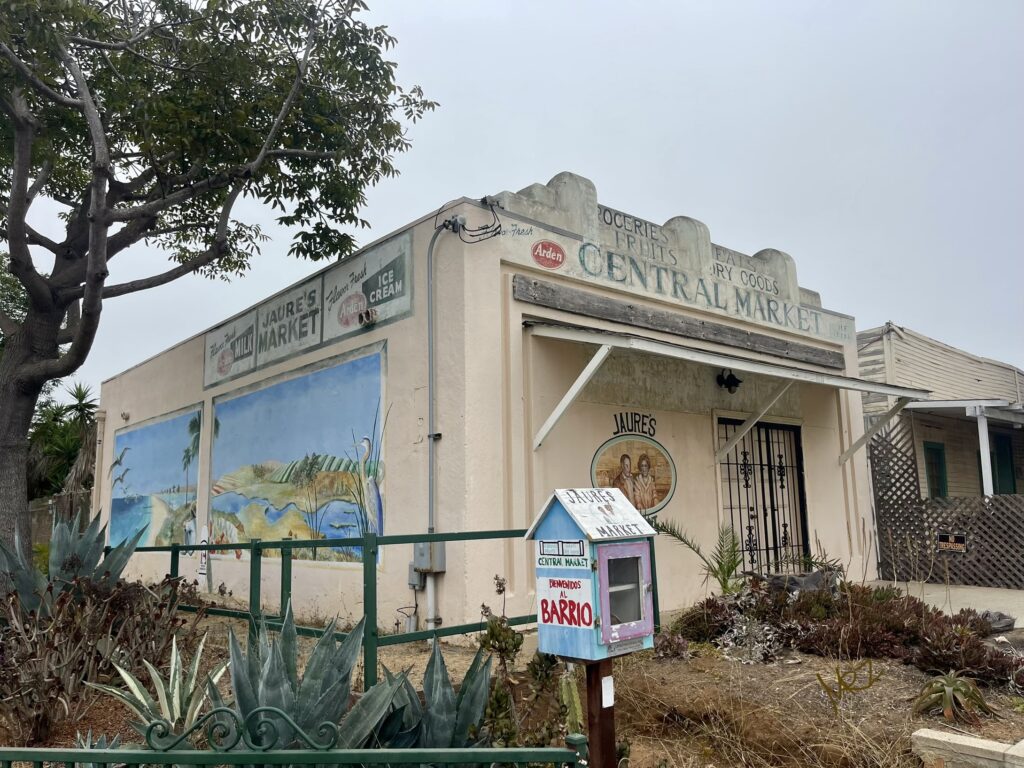
The Designation
Hispanic Heritage Month is sometimes called Latino Heritage Month, Latinx Heritage Month, ChicanX Heritage Month, or other names. But the important point is that September 15–October 15 has been designated for people in the United States, especially the educational community, to observe the Latino culture and its contributions to our country with appropriate ceremonies and activities.
The US Congress first adopted National Hispanic Heritage Week in 1968, and in 1988, it was expanded to a month-long period. The 30-day timespan coincides with the celebration of Independence Day in many Latin American countries, including Costa Rica, El Salvador, Guatemala, Honduras, Nicaragua, Mexico, and Chile.
Many of our readers and community leaders spend much of their time focusing on bolstering Latino success and reaching out to the community. They are on the front lines building strong futures for families.
Lisa Montes, the curator of the Solana Beach Heritage Museum, makes sure local kids visit to learn about their roots. She also participates in cultural celebrations such as Día de Muertos and the Christmas posadas.

Also from Solana Beach, Cipriana Martínez González fought for La Colonia Community Park in the 1970s, where today the tiled Tree of Life wall lists the names of the first Mexican families who settled there.
Community Pillars
Other community leaders have fought for a place for Latinos in education and employment circles. In San Marcos, Tony Contreras and John Valdez were trailblazers in bringing the Chicano Student Movement of Atzlán (MEChA) to North County schools and making sure students would learn about the history, culture, and contributions of Mexican Americans in our area.
John Valdez also spearheaded the multicultural studies program at Palomar College, fought for the placement of Latino-themed murals on the campus, and directed the publishing of the book ‘En Aztlán’. John remembers his struggle to create the Chicano Studies program in San Diego. Today, he is proud to see Dr. Star Rivera-Lacey as the institution’s first Latina president.
Dr. Rivera-Lacey is aware of how much that representation matters. “I’m looking at the student population; does it reflect the community population?” she asks as she fights to remove the barriers to success for students.
MiraCosta College also helps Latino students preserve their culture. For example, Beatriz Palmer, Program Manager, Service Learning & Volunteer Center, who self-identifies as a Black Indigenous Latina, believes education helps people understand their identity and history without rejecting it or leaving their community behind. She tells her story and encourages others to do the same. “You have to own your greatness. You have it. You just have to own it,” she says.
Dra. Beatriz Villarreal is another community leader who talks to parents about drugs, gangs, and other issues to make sure strong, healthy families are created and protected. Her presentations in Spanish are culturally sensitive, which helps Latinos integrate into their communities while holding on their identity and culture.
Meanwhile, Oscarin Ortega fights to change stereotypes about Latinos within organizations that offer services. “We’re honest people, we’re hardworking people. We’re educated…we have tons of experience. We come with great culture, traditions. We have manners. We have ethics…are family-oriented,” he says.
Artists Celebrate Hispanic Culture

As one of the most powerful, concentrated forms of cultural manifestations, art serves as a vessel of expression and celebration.
The author Reyna Grande has told us she believes literature can serve as a bridge to keep us connected. Her stories of immigration can help communities “feel connected, feel celebrated, feel seen,” she says.
Josefina Lopez, the author and scriptwriter known best for ‘Real Women Have Curves’ says, “I choose to celebrate my culture in the way I live my life…We have to embrace all the beautiful things about our culture that inspire us, that make us whole.”
Victor Villaseñor, the author of ‘Rain of Gold’ and other works, who lives in Oceanside, encourages everyone to write their family history. “Interview parents, grandparents, aunts, and uncles. Write your family Bible,” he says. Not only is it a way to preserve culture but also to connect with others, with all of humanity, he notes.
For José Jaimes, the director of Tierra Caliente Academy, knowing where we come from helps us cultivate future leaders. He believes that passion for culture begins in the home, but art like ballet folklórico, which he teaches, can show them where they come from and provide some discipline. “It takes us as a community to make sure that we nurture them. We teach them. We guide them,” he adds.
Last year the actor Cheech Marin gave his push for the preservation of Latino culture through art by showing off his collection at The Cheech, in the Riverside Art Museum, “the first museum in the world dedicated to Chicano Art,” he says.
What does Hispanic Heritage Month mean to you?

It is the opportunity for us to stop and intentionally reflect on, and celebrate, all the great contributions Latinos have made to everything around us! We are woven into the fabric of this beautiful country! –Dr. Star Rivera-Lacey, Palomar College President/Superintendent
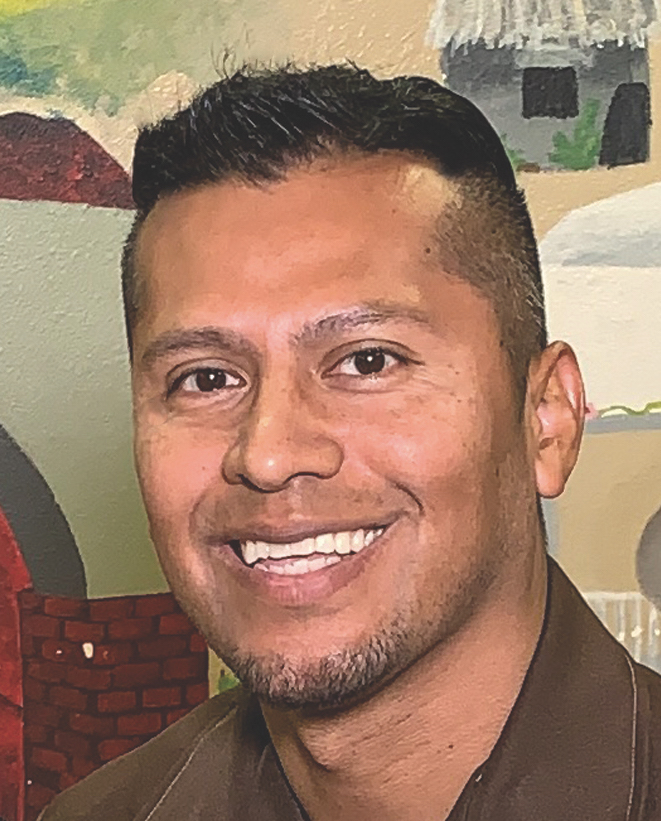
Hispanic Heritage Month is a way to celebrate the present, learn from the past, and cultivate for the future. It educates us about identity—being part of something, belonging to something. It reminds us that when there’s a will, there’s a way. There were other great leaders before us that changed the world, and no matter the current barriers, it is in our blood to make history. –Jose Jaimes, Executive Director, Tierra Caliente Academy of Arts
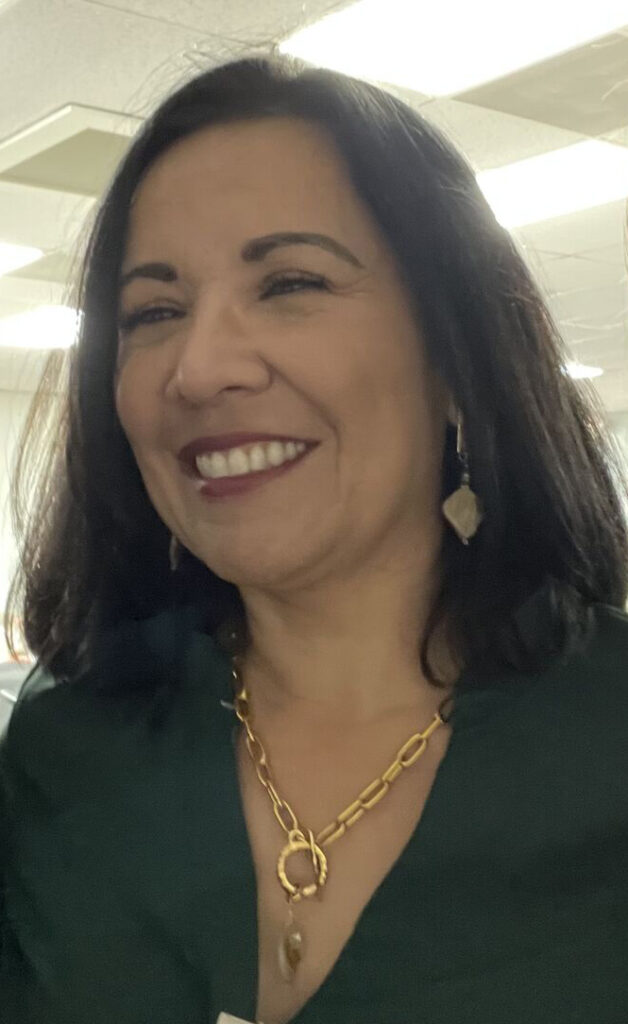
To celebrate Hispanic Heritage is to recognize the hard work and sacrifices of our ancestors, the positive impact Latinos have today, and the continued progress we will make together in the future. –Adriana Brunner, Director of Business Development, MyPoint Credit Union
For me, it’s really about growth. One of my grandparents grew up on an orange field, picking oranges, and the other one worked in construction doing steel work. My parents were better off than my grandparents, but they still lived paycheck-to-paycheck. They still had these huge hardships. Now, I have financial freedom not to have to live paycheck-to-paycheck. It’s feeling grateful for what they did because they made sacrifices that led me here today. And the same thing moving forward, with my future kids. I know my grandparents’ sacrifice eventually led to that as well. –Richard Huizar, prototype engineer at Apple

Take Part in Some 2023 Hispanic Heritage Events
El Grito de México en San Diego
Saturday, September 16, 5–9 p.m.
Mexican Consulate in San Diego
1549 India Street
Ballet Folklorico, live regional music, mariachi, tenors and the official “Grito de México” ceremony by San Diego’s Cónsul General Carlos González Gutiérrez.
Fiestas Patrias
Saturday, September 16, 11 a.m.–3 p.m.
Chavez Community Resource Center
605 San Diego St., Oceanside
Escondido Herencia Mexicana Festival
Sunday, September 17, 11a.m.–5 p.m.
Grape Day Park, 321 N. Broadway, Escondido
Ballet Folklórico from each of the 32 Mexican states
Hispanic-Serving Institutions
The San Diego North County’s two community colleges, MiraCosta and Palomar, are designated as Hispanic-Serving Institutions (HSIs). An HSI has an enrollment of students that is at least 25 percent “Hispanic.” Every year, the U.S. Department of Education renews this designation, which makes colleges eligible for federal grants.
California has the most HSIs of any state, which means two things, says Edward Becerra, the director of Education Begins in the Home, “one, more Latinos are attending college; and two, the colleges can use those additional monies to create programs specific for Latino students.”
Palomar College’s Superintendent/President, Dr. Star Rivera-Lacey, joined the Board of Directors of the National Community College Hispanic Council (NCCHC) on September 16, 2022. The Council prepares Hispanic leaders for community and technical colleges across the country.
Cal State San Marcos is also an HSI, with 48% Latino students in Fall 2020, according to the US Department of Education, and is home to the National Latino Research Center.
More information:
MiraCosta: https://library.miracosta.edu/latinx
Palomar: https://www.palomar.edu/hsi/resources/
Cal State San Marcos: https://www.csusm.edu/centrolatino/index.html


